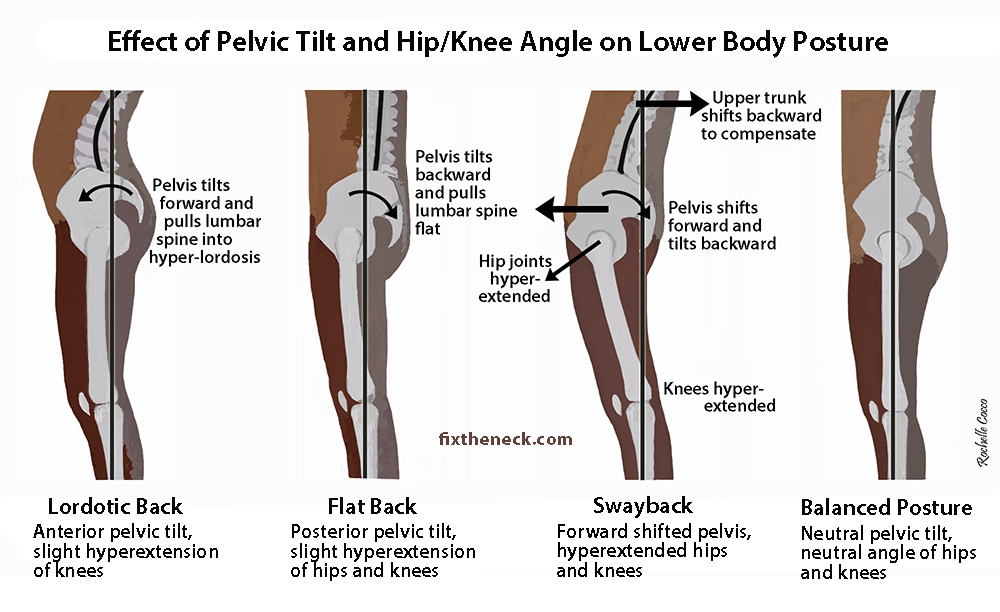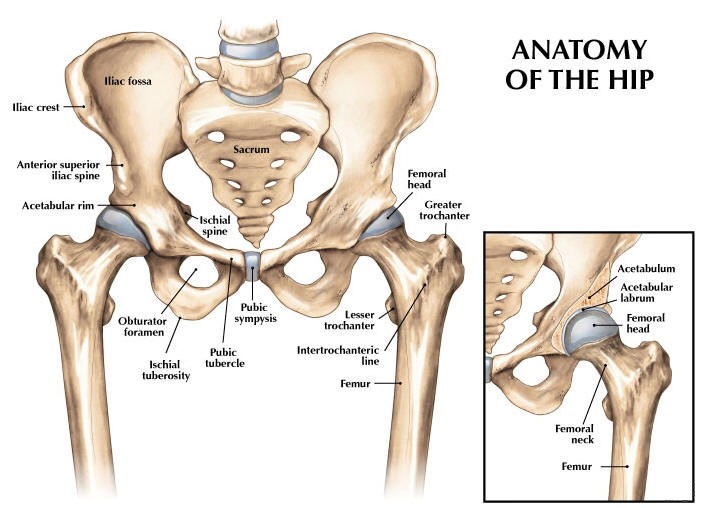Back Pain
Back pain is a common reason for absence from work, social activities and sports. Although it may be painful and uncomfortable, it is not usually serious.
Even though back pain can affect people of any age, it is significantly more common among adults aged between 30 and 55 years. Experts say that back pain is associated with the way our bones, muscles and ligaments in our backs work together.
Pain in the lower back may be linked to trauma to the discs between the vertebrae, ligaments around the spine and discs, spinal nerves (Sciatica) and lower back muscles. This can be brought on from heavy lifting, sudden movements and car accidents to name a few. Bad posture (sitting) and poor movement patterns (especially at speed, i.e sport) have been especially singled out to bring about back pain and result in the two types mentioned below.
There are two main types of Back Pain each with their own signs and adjusted ways to be treated. However these may overlap!
1) Morning stiffness that leaves after 30-45 mins of activity. (Inflammatory Stress)
2) Pain and stiffness at the end of the day. (Mechanical Stress)
TREATMENTS
The application of heat or ice when needed, ultrasound and electrical stimulation, spinal mobilizations as well as some muscle-release techniques to the back muscles and soft tissues help alleviate pain. As the pain subsides some flexibility and strength exercises for the back and abdominal muscles are introduced.Posture re-education is included. Patients will be encouraged to practice the techniques regularly, even after the pain has gone, to prevent back pain recurrence.
We all have suffered from back pain at some point. It is very treatable and Roche Injury Clinic has the experience and equipment to deal with it so book in today and become pain free.
David




